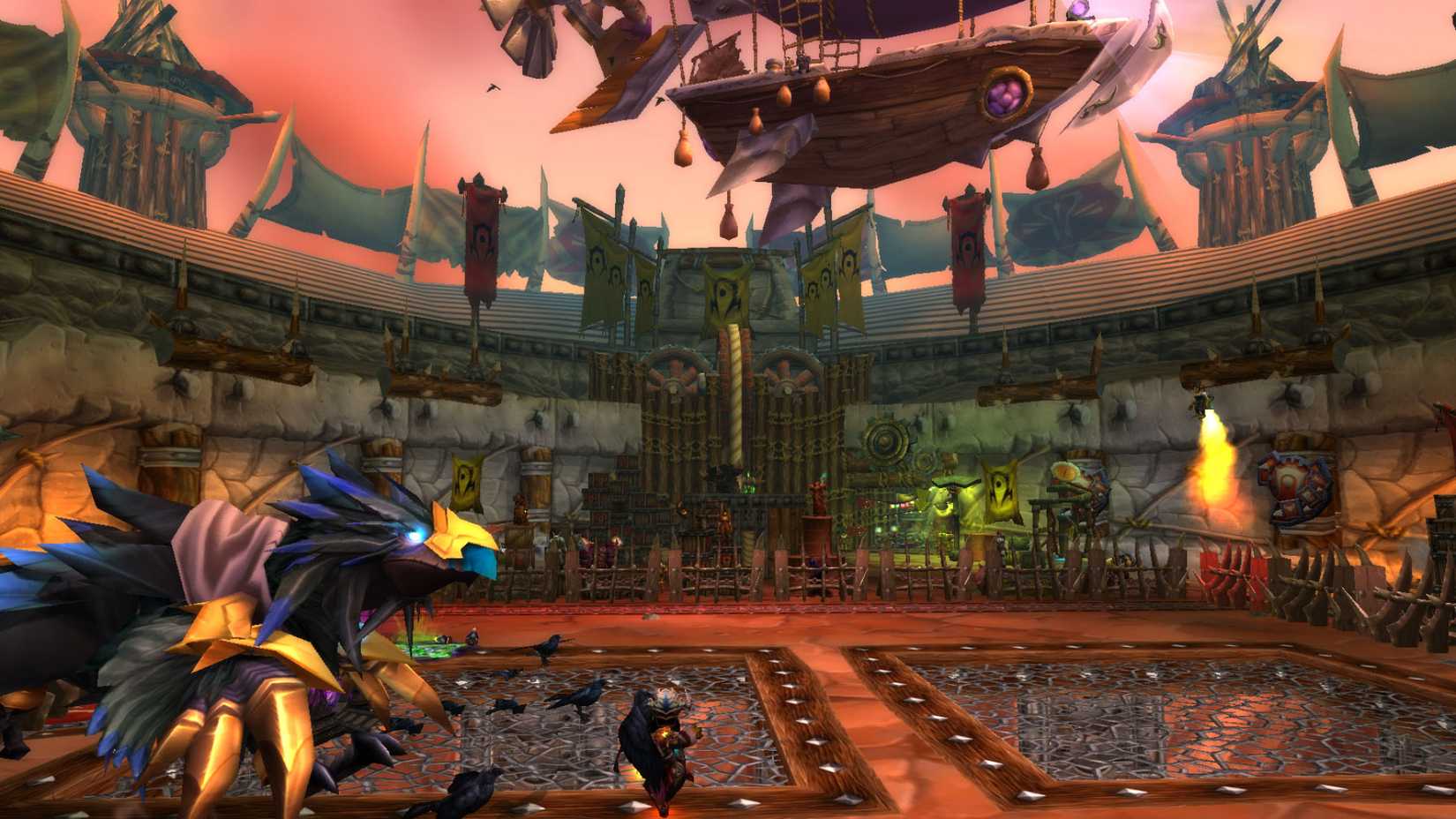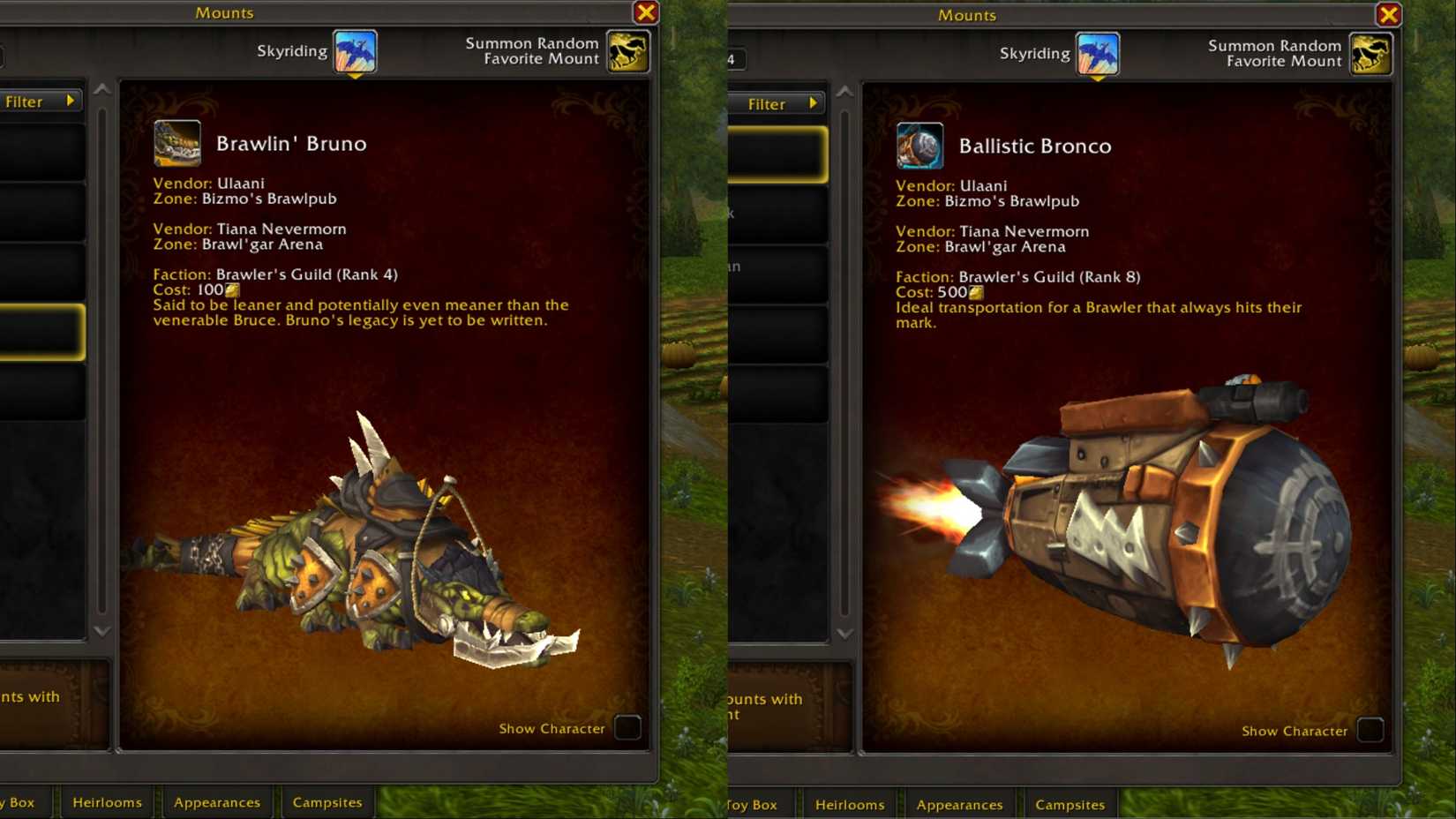The Void’s Toll: How WoW’s New Expansion, “Midnight,” is Fundamentally Rewriting the Rules for Major Combat Add-ons
Popular Now
 Valorant
Valorant
 Toca Boca World
Toca Boca World
 FIFA 23
FIFA 23
 Minecraft
Minecraft
 Stumble Guys
Stumble Guys
 The Legend of Zelda
The Legend of Zelda
 Free Fire
Free Fire
 Genshin Impact
Genshin Impact
 Auto X Drift Racing 3
Auto X Drift Racing 3
 NBA 2K24
NBA 2K24  The landscape of high-end World of Warcraft gameplay is on the brink of a monumental transformation. As the community gears up for the release of Midnight, the second chapter of the Worldsoul Saga, a deeper dive into the expansion’s quality-of-life updates reveals a seismic shift: Blizzard Entertainment is deliberately sunsetting core functionality for some of the most popular and integral combat add-ons, including fan-favorites like Deadly Boss Mods (DBM), BigWigs, and the hyper-customizable framework, WeakAuras. This strategic decision marks the end of an era, forcing players to adapt to an augmented, yet restricted, base user interface (UI) experience in pursuit of a more standardized, accessible, and ultimately, healthier game environment.
The landscape of high-end World of Warcraft gameplay is on the brink of a monumental transformation. As the community gears up for the release of Midnight, the second chapter of the Worldsoul Saga, a deeper dive into the expansion’s quality-of-life updates reveals a seismic shift: Blizzard Entertainment is deliberately sunsetting core functionality for some of the most popular and integral combat add-ons, including fan-favorites like Deadly Boss Mods (DBM), BigWigs, and the hyper-customizable framework, WeakAuras. This strategic decision marks the end of an era, forcing players to adapt to an augmented, yet restricted, base user interface (UI) experience in pursuit of a more standardized, accessible, and ultimately, healthier game environment.
This news, confirmed during the ongoing Midnight Alpha and detailed by game director Ion Hazzikostas, is not merely a technical footnote; it is a profound philosophical move that reclaims control over the combat experience, which has for years been heavily dictated by third-party tools. For many veteran players, particularly those engaging in Mythic Raiding and high-level Mythic+ Dungeons, these add-ons were not optional enhancements but essential requirements for success, creating an unspoken barrier to entry for new and returning adventurers. The debate is now centered on whether Blizzard’s promised in-house replacements will be robust enough to fill the void left by these foundational mods, which have defined the pace and complexity of endgame content for over a decade. This change directly impacts the market for services and guides, making WoW Gold acquisition and high-end raid boosting a newly challenging endeavor in the coming expansion cycle.
The Great Add-on Decommission: Why DBM and WeakAuras Are Under Threat
The functionality of a mod like Deadly Boss Mods (DBM) relies on its ability to read real-time combat events and aura information from the game’s combat log. This allowed it to present highly accurate, time-sensitive warnings and timers for boss abilities. Similarly, WeakAuras leveraged this deep access to create bespoke, visually dynamic alerts for everything from tracking personal damage buffs to shouting an explicit instruction for a raid mechanic.
Blizzard’s new policy in Midnight is to disable the ability for add-ons to read real-time combat data within high-end content. This cut-off immediately breaks the core programming of DBM and BigWigs, rendering them functionally obsolete in their current form. The aim is to eliminate tools that “make computational decisions” for the player, shifting the focus back to raw player awareness and reaction, rather than the execution of add-on instructions.
- End of the Arms Race: For years, development was caught in an “arms race” where complex boss mechanics were designed, only for add-on creators to almost immediately publish a counter-solution. This move allows Blizzard to design encounters without factoring in these tools, leading to potentially more organic and less scripted boss fights.
- WeakAuras’ Severe Limitations: The changes are particularly detrimental to WeakAuras. Core functionality, such as creating complex conditional triggers and actions—the very heart of its power—will be significantly restricted, forcing a massive, if not impossible, refactoring for the development team.
- Accessibility and Standardization: By integrating key features into the default UI, Blizzard hopes to make high-level play more accessible, ensuring every player has the same baseline tools without needing to hunt down, install, and configure multiple third-party mods.
 The player reaction has been mixed, with many expressing concern about the loss of customization and the expected “half-baked” nature of initial in-house replacements. The community remains anxious, pointing to Blizzard’s track record with past UI updates and questioning if the new “Combat Assistant” and “Cooldown Manager” can truly replicate the decades of community-driven design and optimization poured into the outgoing add-ons.
The player reaction has been mixed, with many expressing concern about the loss of customization and the expected “half-baked” nature of initial in-house replacements. The community remains anxious, pointing to Blizzard’s track record with past UI updates and questioning if the new “Combat Assistant” and “Cooldown Manager” can truly replicate the decades of community-driven design and optimization poured into the outgoing add-ons.
“Midnight’s” New UI Paradigm: The In-House Replacements
To mitigate the fallout from the add-on restrictions, the Midnight expansion is introducing a comprehensive overhaul of the base UI, directly incorporating features that were previously the exclusive domain of add-ons. The success of this transition hinges on the quality and depth of these new native tools. These updates represent a significant attempt by the company to raise the baseline quality of the default game client, a feature highly coveted by new players who are less inclined to manage external mod launchers.
The New Combat and Performance Tools:
Blizzard is focusing on four key areas for replacement functionality:
1. Integrated Damage Meters and Performance Tracking:
The reliance on add-ons like Details! Damage Meter will be phased out as a native, in-game damage and healing meter is integrated directly into the base UI. This eliminates the performance overhead often associated with third-party tracking and standardizes how performance data is viewed. For competitive guilds, the ability to accurately and reliably track DPS and healing metrics is critical, and a native tool should provide the most optimized data flow.
2. Enhanced Cooldown Manager:
A new, highly customizable Cooldown Manager is set to replace much of the functionality that players used WeakAuras for. This system promises the ability to track personal cooldowns, buffs, debuffs, and potentially even important external abilities from party members (like Power Infusion or Innervate) with customizable profiles and sound alerts. This is a direct attempt to provide a solution for class rotation and resource tracking, a key function that made class-specific WeakAuras mandatory for optimized play. The goal is to make a player’s rotation clearer, reducing the cognitive load previously outsourced to third-party scripts.
3. Native Boss Alert Integration:
In a direct response to DBM and BigWigs, Midnight will integrate boss alerts and ability timelines directly into the raid and dungeon design. This means crucial warnings and countdowns will be a native part of the game’s interface, with a visual and audio presentation controlled entirely by Blizzard. This is arguably the most controversial change, as it limits the ability of the community to quickly adapt and disseminate encounter-specific information, potentially making new raid tiers more challenging at launch, a factor that will increase demand for expert raid services.
4. The Combat Assistant and One-Button Rotation:
Further improving accessibility is the introduction of a “Combat Assistant,” which includes smarter logic, better ability highlights, and an opt-in single-button rotation support. This is not intended to replace high-end player skill but to provide a clear, basic path for less experienced players to execute an effective rotation, a move that broadens the game’s appeal to a more casual audience and potentially opens the door for better console integration in the future.
A New Worldsoul Saga, A New Gameplay Philosophy
The add-on restrictions in World of Warcraft: Midnight are a clear declaration of a new design philosophy. Blizzard is moving away from a model where core combat information is only easily digestible via external tools. The focus is now on delivering a more controlled, cohesive experience from the moment a player logs in. This change, while disruptive, could have significant long-term benefits for the game’s health, making encounters more about mechanical execution than simply following a complex series of custom UI prompts.
However, the immediate impact on the most dedicated players cannot be understated. The loss of the highly detailed and customized tracking provided by WeakAuras, in particular, will necessitate a complete re-learning of class rotations and encounter mechanics. For many, the customization was as much a part of the game as the content itself. Players who relied on premium gaming accessories and highly tuned setups will have to radically rethink their entire UI arrangement.
 Key Takeaways for Players:
Key Takeaways for Players:
- Prepare to Adapt: All players, especially raiders and Mythic+ enthusiasts, must prepare to rely solely on the new native UI tools for combat information in Midnight. Start experimenting with the existing Dragonflight UI’s edit mode to ease the transition.
- Monitor Alpha Feedback: Pay close attention to developer updates and Alpha/Beta feedback regarding the new Cooldown Manager and boss alert systems. This feedback will be crucial in ensuring the final implementation meets the community’s needs.
- Focus on Raw Mechanics: The new design encourages a return to mastering the dungeon journal and understanding encounter mechanics intrinsically, rather than relying on external timers to dictate actions. This shift places a higher value on game knowledge over UI scripting.
The Midnight expansion promises a thrilling narrative return to Silvermoon and a battle against the Void, but its most lasting impact may be the silent war fought—and won—on the UI front. This is not just an update; it is a fundamental shift in how World of Warcraft is played, promising a unified experience but challenging the very foundation of the game’s community-driven combat meta. The void left by the disappearing add-ons must now be filled by a new generation of players who are ready to master the game on its own terms.








